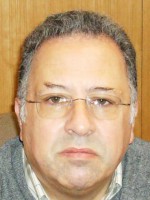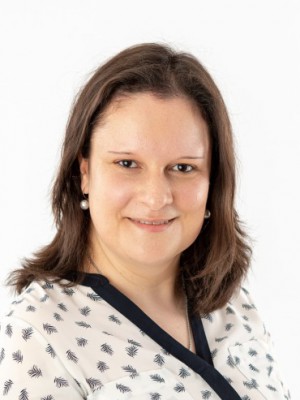resumo
Composite electrolytes including an oxide (Gd-doped ceria, 70, 80, and 90vol%) and a eutectic mixture of alkaline carbonates (Na2CO3 and Li2CO3) were produced by joint milling and firing of all constituents. The microstructure of these composites was studied by scanning electron microscopy/energy-dispersive X-ray spectroscopy, and they were further studied by impedance spectroscopy in air. Analysis of impedance data at low and high temperature was used to separate the electrical performance of each constituent phase, providing valuable information on the membrane electrical microstructure. Furthermore, a new tool is introduced for the assessment of the electrical microstructure efficiency of composite membranes, as a diagram relating the partial ionic transport numbers of main charge carriers and the membrane ambipolar conductivity. Using this type of diagram, the electrical features of actual composite membranes were mapped against an ideal membrane performance where microstructural effects are absent. The potential of this procedure to benchmark and discriminate the electrical characteristics of distinct membranes is demonstrated in this manner. Copyright (c) 2016 John Wiley & Sons, Ltd.
palavras-chave
CARBON-DIOXIDE SEPARATION; DUAL-PHASE MEMBRANES; HIGH-TEMPERATURE; ION-TRANSPORT; FUEL-CELLS; PERFORMANCE; PERMEATION; OXIDE; STABILITY; DIFFUSION
categoria
Energy & Fuels; Nuclear Science & Technology
autores
Patricio, SG; Marques, FMB
nossos autores
Grupos
G3 - Materiais Eletroquímicos, Interfaces e Revestimentos
G5 - Materiais Biomiméticos, Biológicos e Vivos
Projectos
Multi-Functional Nanocomposite Materials For Low-Temperature Ceramic Fuel Cells (NANOMFC )
agradecimentos
Work performed with funding from projects NANOMFC (new-INDIGO/0001/2013) and CICECO-Aveiro Institute of Materials POCI-01-0145-FEDER-007679 (ref. FCT UID/CTM/50011/2013), financed by national funds through the FCT/MEC and when appropriate co-financed by FEDER under the PT2020 Partnership Agreement. S. G. Patricio thank FCT for the post-doctoral grant SFRH/BPD/75943/2011.



